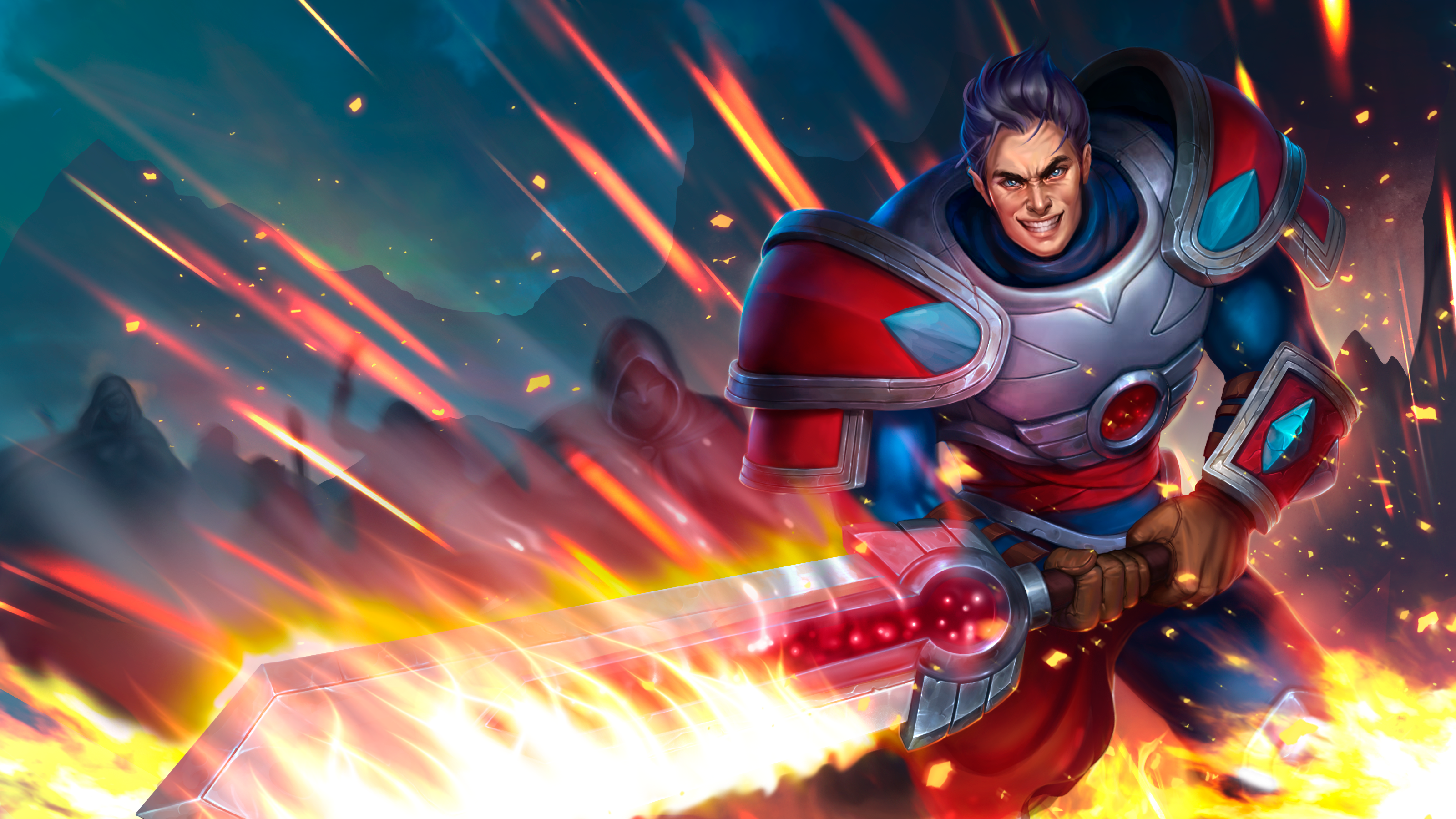Monster Hunter Rise made an appearance during the February Nintendo Direct, debuting several fearsome new monsters and offering a glimpse at the game’s impending calamity.
First up is the Rakna-Kadaki, a spider-like creature that immobilizes foes with the fine threads it shoots from its mouth. On top of that, Rakna-Kadaki spews deadly gas and carries its larva into battle for added support. Expect to find these in Monster Hunter Rise’s volcanic Lava Craters.
The Almudron, normally a solitary creature that remains apart from settlements, is driven by the calamity to rampage villages and cause chaos. Almudron coats itself in mud to both counter attacks and hurl at enemies to slow them down.
It also uses a golden liquid from its tail that’s powerful enough to dissolve stone and creates a pit of sinking sand wherever it falls.
The latest Monster Hunter Rise trailer also gave a glimpse at some returning monsters, including Basarios and Diabolos, while showing Kamura village as it readies for war and the village’s twin wardens donning battle gear to enter the fray.
Monster Hunter Rise releases March 26 on Nintendo Switch, and Capcom promised more information on the calamitous Rampage soon.







Published: Feb 17, 2021 07:12 pm